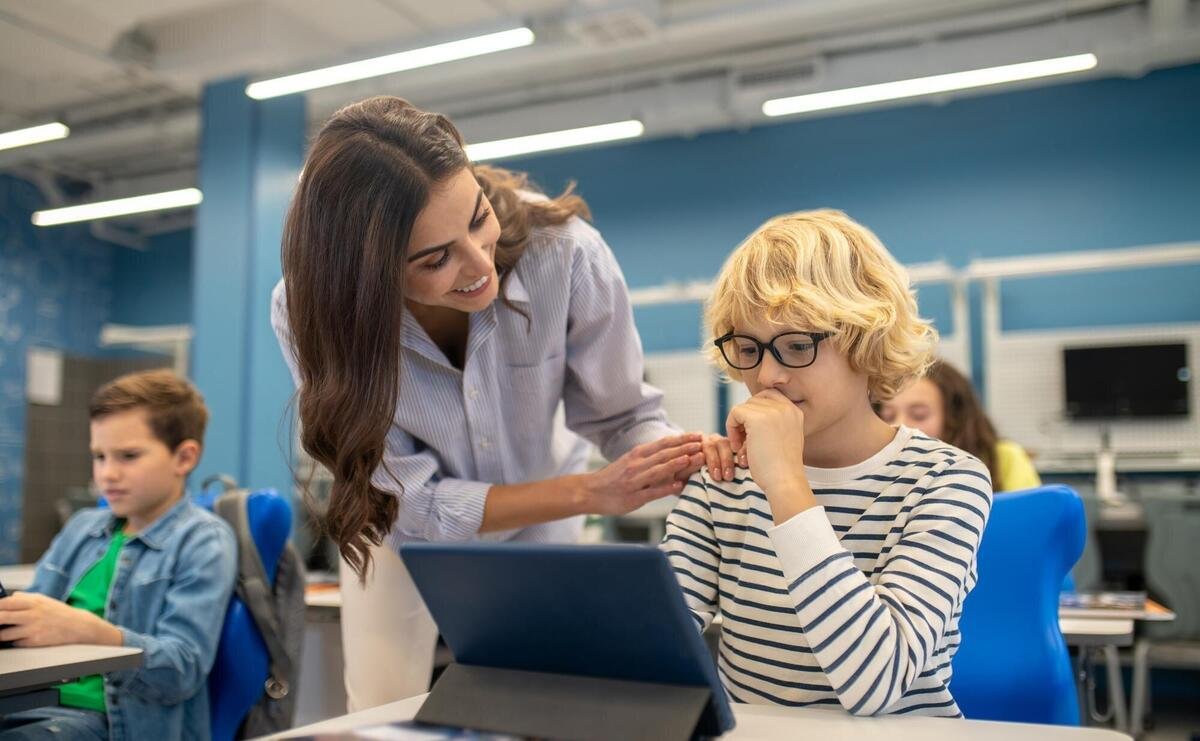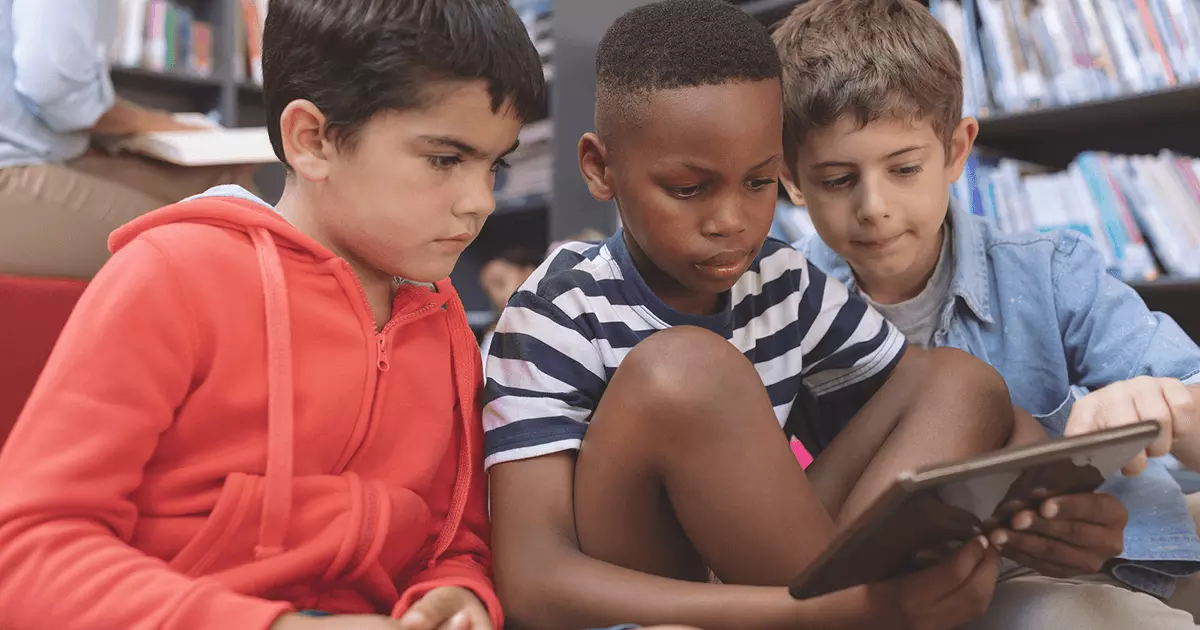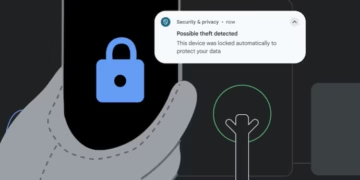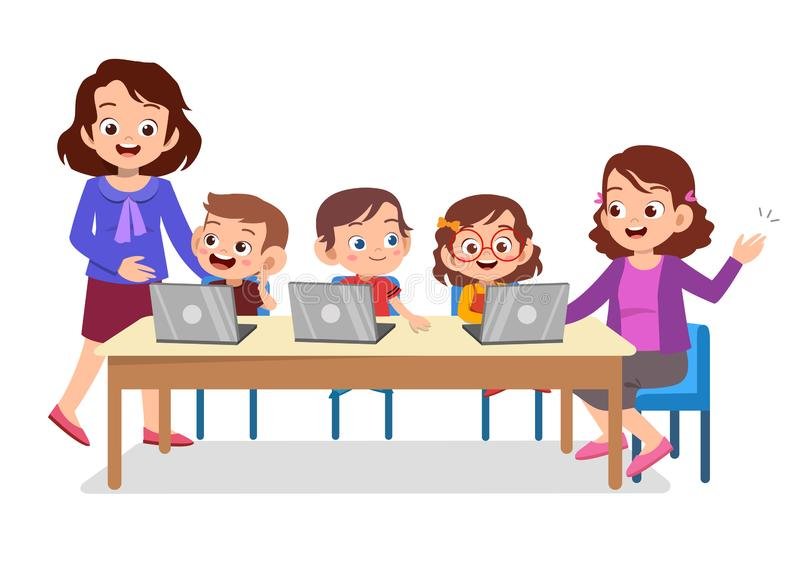Overview
Technology sits at the heart of today’s classrooms, changing how teachers teach and how students learn. It’s not just about gadgets—classroom tech opens doors for creativity, collaboration, and a more engaging experience for everyone involved.
From boosting student engagement to prepping learners for a digital future, the benefits are hard to ignore. You’ll see its influence across all kinds of teaching methods and learning styles, and honestly, it’s pretty exciting to watch things evolve.
Enhancing Engagement Through Active Learning
Tablets, computers, and interactive displays make lessons pop with energy. Students usually perk up with hands-on activities and interactive content—way more than with the old-school lecture style.
Gamification brings a playful twist, turning lessons into competitive quizzes or team challenges that spark excitement and real understanding. Virtual reality? That takes things even further, letting students step into historic events or scientific worlds in a way textbooks just can’t touch.
Supporting Different Learning Styles
Tech in education lets teachers reach all sorts of learners. Visual folks get videos, charts, and infographics, while auditory learners might prefer podcasts or recorded lectures.
Kinesthetic learners can jump in with digital design or simulations, getting their hands virtually dirty. Some students love creative projects—they’ll use tech to craft presentations or build unique projects that show off what they know in their own way.
Fostering Collaboration and Group Work
Group work gets a serious upgrade with technology. Real-time brainstorming, editing, and sharing ideas become easy on collaborative platforms.
Learning management systems help groups stay organized and on track. Sometimes, students who know their way around tech help their peers, turning group projects into opportunities for everyone to level up together.
Preparing for the Future

Technology in the classroom gives students digital skills they’ll need on the job someday. Learning how to use presentation software, spreadsheets, and online research tools isn’t just helpful—it’s pretty much essential now.
Getting comfortable with these tools early on builds confidence. Plus, students pick up problem-solving skills as they figure out new digital environments, which honestly, might be the most valuable thing of all.
Creating Flexible and Inclusive Learning Environments
Modern tech lets teachers offer flexible options for learning, whether students are in the classroom or logging in from home. Virtual classrooms and online resources mean students can learn at their own speed, which helps keep everyone moving forward.
Inclusivity gets a boost too. Assistive tech—like text-to-speech apps or visual aids—helps students with disabilities access content in ways that work for them.
Encouraging Teacher-Student Connections
Technology makes it easier for teachers and students to connect. Teachers can share resources, give quick feedback, and answer questions online—even after the bell rings.
And let’s be honest, teachers benefit too. The internet’s a goldmine for lesson ideas and subject knowledge, making it easier to keep things fresh and engaging.
Driving Innovation in Education
Trying out new tech pushes both teachers and students to get creative. Exploring unfamiliar tools can spark critical thinking and problem-solving skills.
Sometimes, when teachers experiment with new approaches, they stumble on strategies that just click with their students. That’s where the magic happens.
| Key Benefits of Educational Technology | Examples |
|---|---|
| Enhances Engagement | Interactive whiteboards, gamified lessons, virtual reality applications |
| Supports Learning Styles | Infographics, digital simulations, recorded lectures |
| Promotes Collaboration | Group brainstorming tools, shared document platforms, project management apps |
| Prepares for the Future | Digital literacy tools, online research training, presentation software |
| Increases Flexibility | Virtual classrooms, assistive technologies |
Common Questions About Technology in Education
How does technology improve learning for students?
Technology makes learning more interactive and accessible. Digital presentations, videos, and learning apps help students break down tricky concepts visually and work through them at their own pace.
Platforms that personalize content let students zero in on what they need to work on. It’s a bit like having a tutor who knows exactly where you’re struggling.
How does technology impact student engagement and interest?
Tech in lessons tends to grab students’ attention. Gamified apps and interactive activities keep things lively and encourage students to jump in instead of just zoning out.
What are the benefits of technology for classroom teamwork?
Collaborative tools—like online discussion boards or shared docs—let students work together, even if they’re not in the same room. These apps make it easier to share ideas and keep track of group progress.

How does technology assist tailored teaching methods?
Teachers can use educational tools to customize lessons for different students. Adaptive quizzes, personalized feedback, and tracking systems help teachers meet everyone’s needs, no matter how they learn best.
How does technology prepare students for future career paths?
Tech in classrooms introduces students to essential skills for today’s jobs. Getting familiar with spreadsheets, basic coding, and virtual collaboration tools gives them a head start in tech-focused workplaces.
How can teachers evaluate technology’s effectiveness in education?
Teachers can look at engagement levels and learning outcomes to figure out how technology is working in the classroom. Participation rates offer another window into tech’s real impact.
Some folks use surveys, while others lean on analytics tools that come with most software platforms. These tools make it pretty easy to track what’s actually working—or not.














































